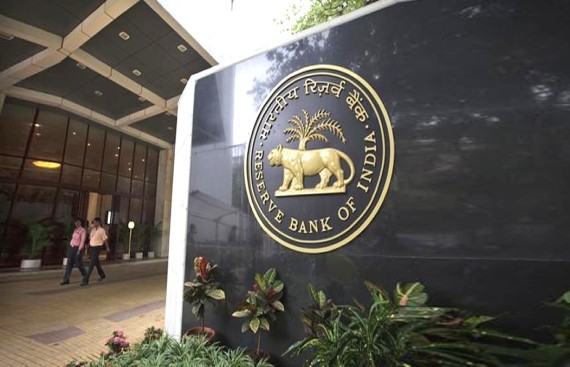RBI to cap NBFC IPO funding at Rs one crore per borrower

From April 1 next year, non-banking finance companies (NBFCs) will be unable to lend more than Rs 1 crore to investors seeking to buy stocks in initial public offerings (IPOs), according to India's central bank, which is tightening capital adequacy and provisioning rules for last-mile lenders to reduce risks to the broader financial system.
"NBFCs can fix more conservative limits," the Reserve Bank of India (RBI) said in a note. "There shall be a ceiling of Rs1 crore per borrower for financing subscriptions to Initial Public Offerings (IPO)."
The restrictions are part of the Reserve Bank of India's "scale-based policies" aimed at reducing systemic risks.
New central bank guidelines may limit the amount of money accessible to high-net-worth individuals (HNIs) for IPO bidding. When the new loan limitations are implemented, leveraged bidding, which entails abandoning stocks following listing profits and repaying the financier, may decrease.
"The number of oversubscriptions in the HNI category will come down, which will benefit the price discovery process on the listing day," said Dharmesh Mehra, CEO, DAM Capital. "Currently, those subscribers on leverage dump the stocks on the first day itself."
To be sure, the new laws, which take effect on April 1, will not apply to Paytm or Nykaa's planned IPOs.
To bring regulatory consistency with bank laws, the RBI established a framework for NBFCs, splitting them into four distinct groups. Base Layer, Middle Layer, Upper Layer, and Top Layer are the four layers.
NBFCs classified as investment and credit firms, micro finance institutions, and factoring organisations will be required to increase their net owned funds - the sum of equity capital plus free reserves - to ten crore by March 31, 2027, from the current two to five crore.
NBFCs in the first category would now be required to identify problematic loans using the bank norm of 90 days past due. Until the end of FY26, this will be done in three phases. By that time, last-mile lenders will be able to classify bad assets in the same way that banks do.
"While this shall harmonize the prudential norms for these NBFCs with that for banks and other large NBFCs, what remains to be seen is how soon these NBFCs are also given the associated relief / benefits in matters relating to taxation and recovery like banks," said Raman Aggarwal, Area Chair NBFCs, Council for International Economic Understanding (CIEU).
Non-deposit taking NBFCs having assets of less than 1,000 crore fall into the first category. All deposit-taking NBFCs, regardless of asset size, fall into the second category. The top 10 qualifying NBFCs in terms of asset size will make up the Upper Layer.
The RBI can shift Upper Layer enterprises to the Top or Fourth category, claiming systemic problems, based on abrupt risk considerations.
"The extant credit concentration limits prescribed for NBFCs separately for lending and investments shall be merged into a single exposure limit of 25% for single borrower/ party and 40% for single group of borrowers/ parties," the RBI said.

